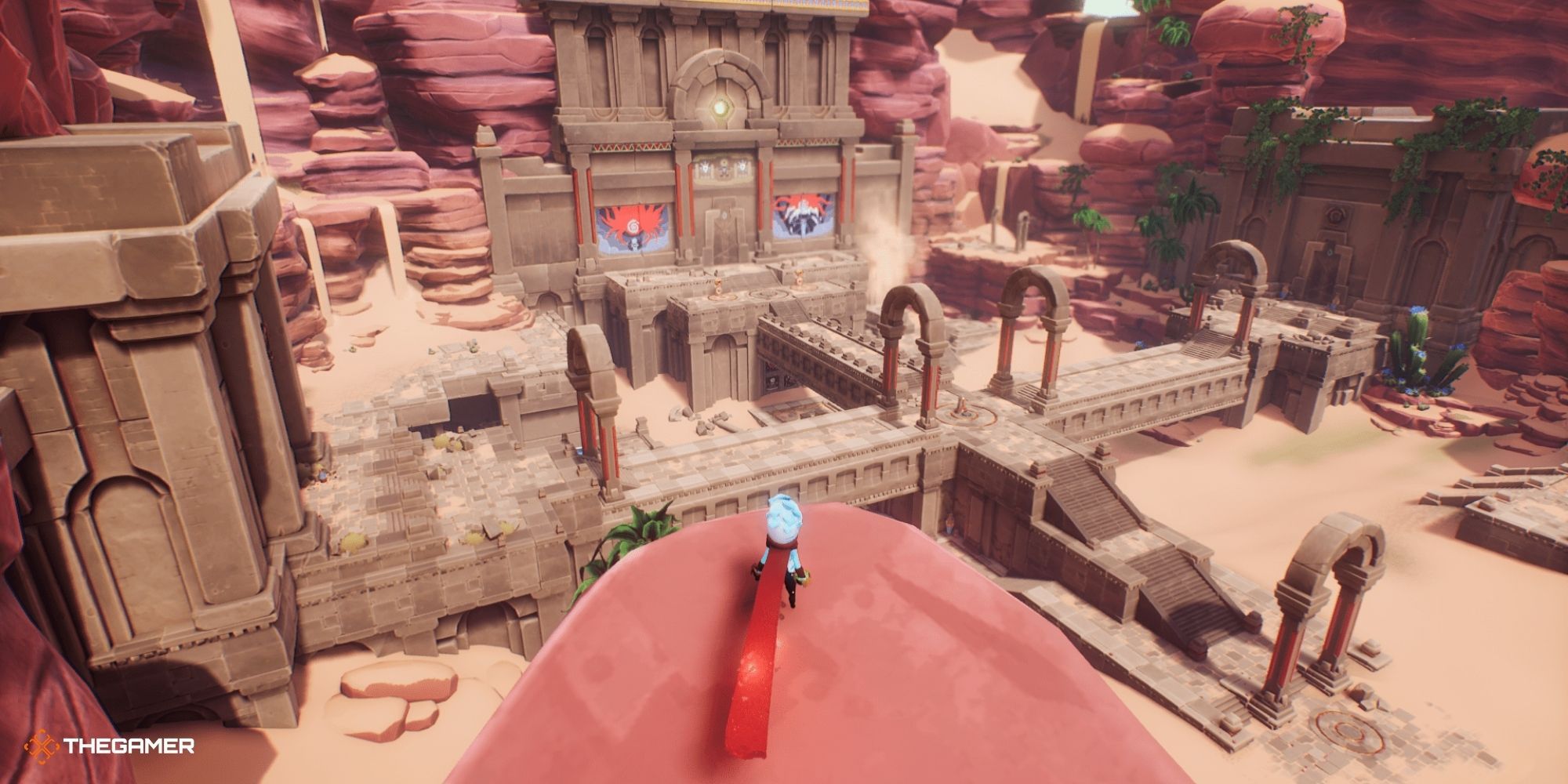Scarf is an adorable indie game about a little blue person and their pet scarf/dragon. We promise it makes sense when you play it. You're tasked with helping the little dragon who has lost her mother, so you travel through fantastical platforming areas to hunt down the people responsible: the Nomads.
Indie games are occasionally a little difficult to understand. Even if they do have a good tutorial, like Scarf does, it never hurts to have a little extra guidance along the way. We've put together a few essential tips in this article for newcomers to Scarf.
6 Keep An Eye On Your Shadow
One thing that you'll learn pretty quickly in Scarf is that it's an indie puzzle-platformer. There's plenty of platforming where you'll jump between floating blocks and race across platforms that are about to fall and all that good stuff that you're probably familiar with. After all, the industry is packed full of games of these types (though there are fewer lately).
Unfortunately, the platforming can be a bit janky sometimes. Your character may move in a way that you don't exactly expect or their turning radius might not be exactly as tight as you thought. When you're jumping up and need to land on a small platform, that's a pain in the butt. There's something to be said for the fact that you just need to get used to the controls a little bit. However, one thing that really helped us while playing was to keep an eye on your shadow on the ground as you're falling. It gives you a much more accurate understanding of where you're going to land! If you're keeping an eye on your shadow, you'll be less likely to overshoot the mark or make a small turn in midair and mess up your jump.
5 Don't Forget To Run...
Scarf introduces the running mechanic the first time you lose your scarf. On a computer, it is automatically assigned to the Shift button.
However, it's easy to forget about running. Going forward, you'll often be so immersed in the puzzles around you that you don't use it - it isn't useful when you're doing stretches of platforming, anyway! But when you're crossing some longer landscapes, don't forget that the 'Run' button is there for you to enjoy!
4 ...But Don't Be In A Rush
This entry sounds funny, after we've just told you to remember to run when you can, but we're actually talking about the various mechanics that the game provides for you to get through the platforming. Scarf is an indie game, so the abilities aren't perfect. While playing, we encountered a couple of situations where the game didn't register that we were trying to activate the scarf's powers, so we fell to our deaths.
Dying in this way is frustrating and off-putting because you feel like it's the game that's done wrong, not you, so you didn't deserve the punishment of being sent back to your last save. We determined that the problem came when we went more quickly than the game was expecting. Once we got used to the mechanics we went into autopilot mode and became impatient. The solution, then, is to stay calm and not perform actions too quickly. What we're talking about is most apparent while swinging between the hoops. When you jump from one hoop to the next one, if you're impatiently clicking away at the button before you're close enough, the game doesn't really know what you're trying to do. You'll save yourself a lot of frustration by just jumping, waiting for the prompt to appear on your screen, and then hitting the button.
3 How To Keep An Eye Out For Drawings/Inks
There are three kinds of collectibles in Scarf: Toys, Drawings, and Inks. While traversing the landscape, you can keep an eye out for Drawings and Inks by looking for some key identifiers.
Drawings are pictures that are attached to a flat wall and surrounded by a frame of tree branches. Unless they're hiding out around a corner somewhere, the frame of tree branches (depicted on the right-hand side of the image above) makes them easily identifiable from far away!
Inks are little pockets of darkness found in special places which tell an alternate version of the game's story. While the Inks themselves are usually hidden away, you can keep an eye out for the path to get to the Ink. Those paths are marked with stones like the ones you interact with on the main routes, but covered in inky blackness (depicted on the left-hand side of the image above).
Unfortunately, Toys can be hidden almost anywhere and don't have a distinguishing feature to mark them out from far away.
2 Don't Get Overeager With Double Jumps
It is a truth universally acknowledged that everyone loves double jumping. It's the first ability that you unlock in Scarf!
We must warn you, though: don't get trigger-happy and start double-jumping over everything in your path. You'll develop a bad habit that will bite you in the butt when you need to do precise platforming and wind up overshooting the mark. It's worth noting that Scarf is the kind of game where, the longer you hold the jump button, the further you'll go. Sometimes you'll try to do a double jump where only a long jump was needed, and fall to your death.
While we can warn you all that we like, it's a struggle many gamers face at the start of platforming games. You may just have to let the experience speak for itself!
1 The Problem That All Puzzle Games Inevitably Suffer From
What is the problem that all puzzle games face, you ask? It's when the player thinks they've found the solution to a puzzle that totally makes sense, but the game has decided that that is not the way that the puzzle is going to be solved.
Basically, long story short, Scarf suffers from this problem too. Either it's due to a limitation of the game (like being unable to put an object down on a platform that floats on water) or because they just didn't think of that answer. A little bit of frustration and struggling is normal in any puzzler but, if you're beating your head against the wall and asking why your solution doesn't work, consider taking a step back and asking what else the game designers might have intended.

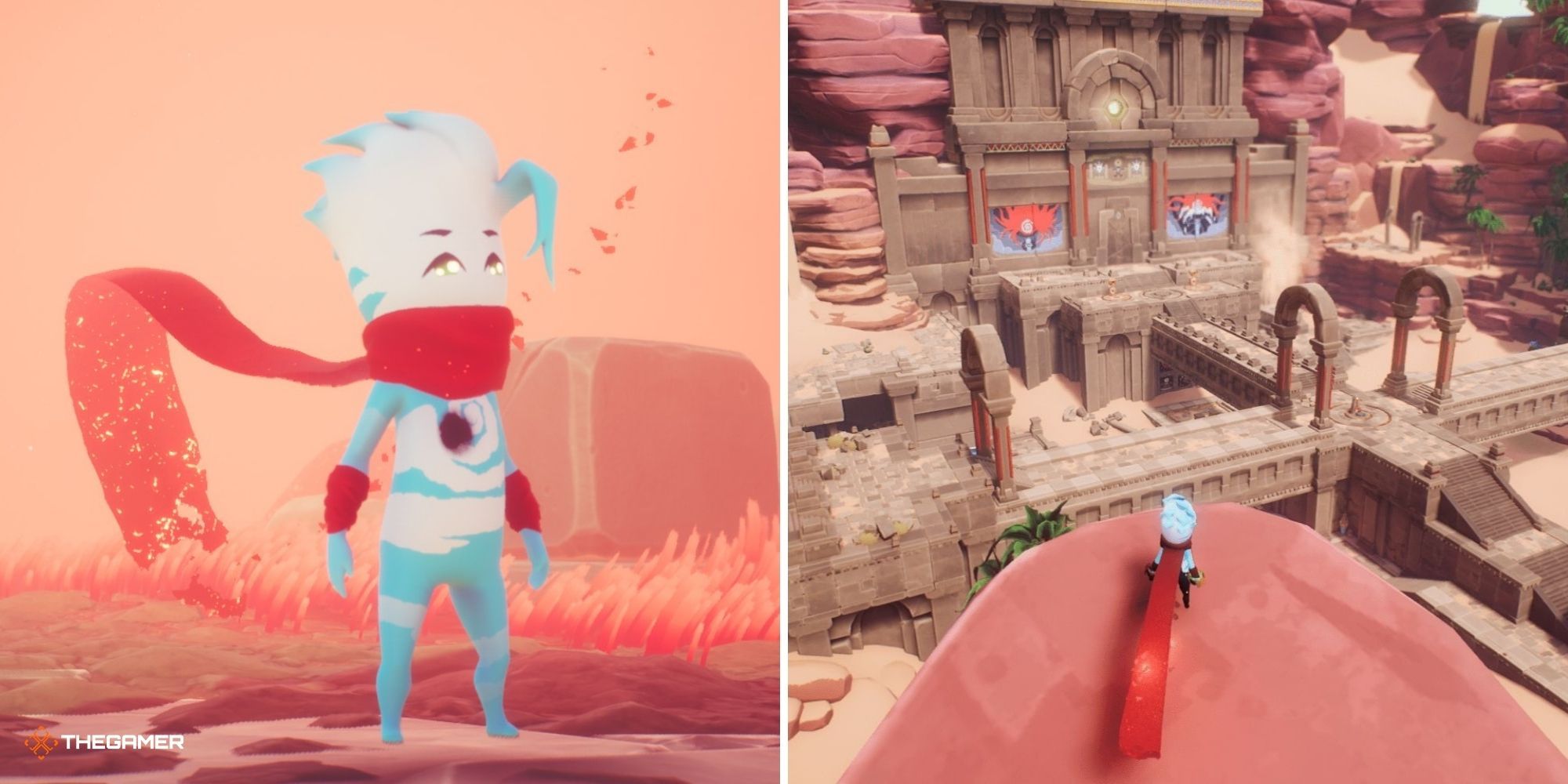
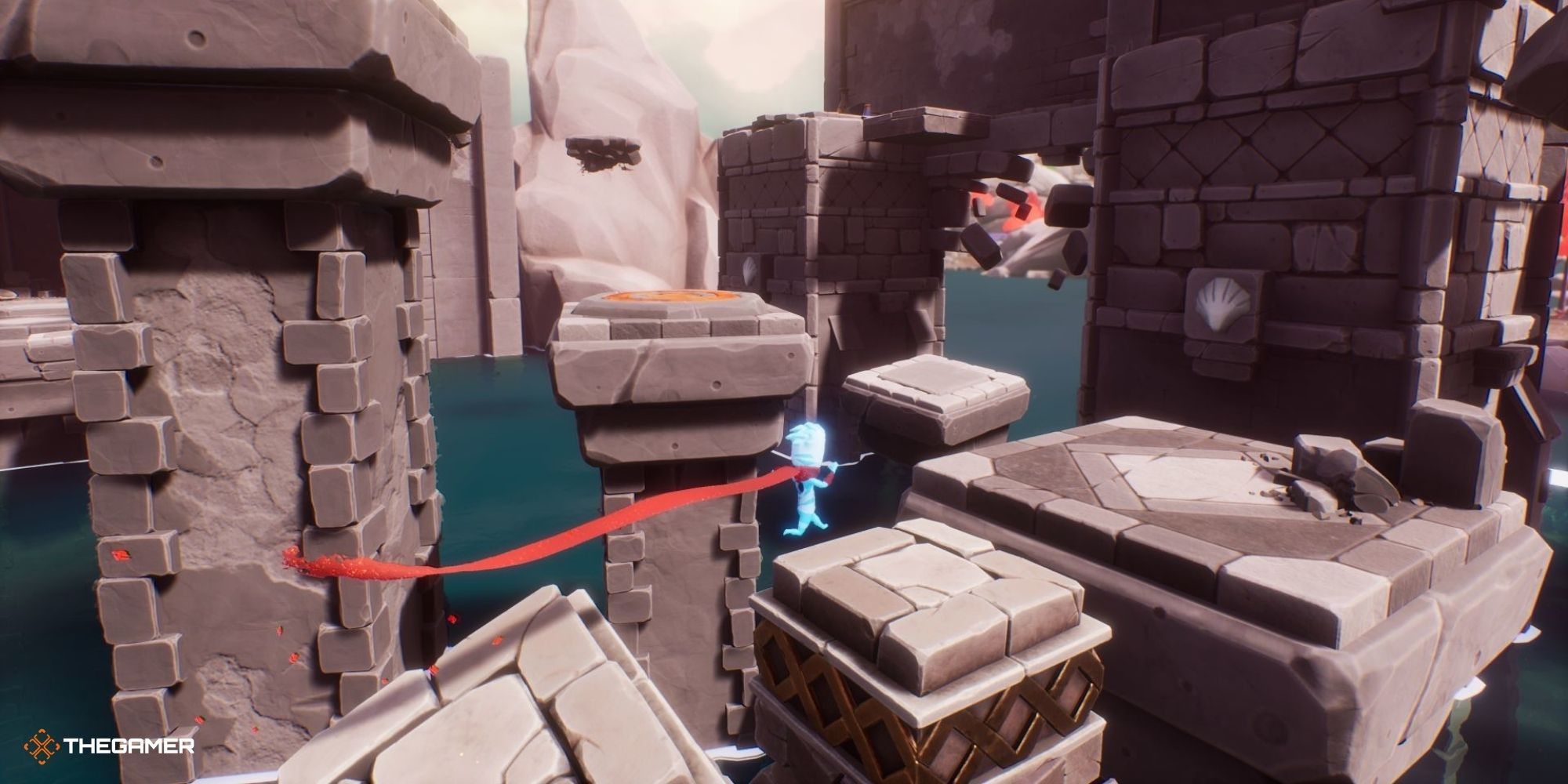
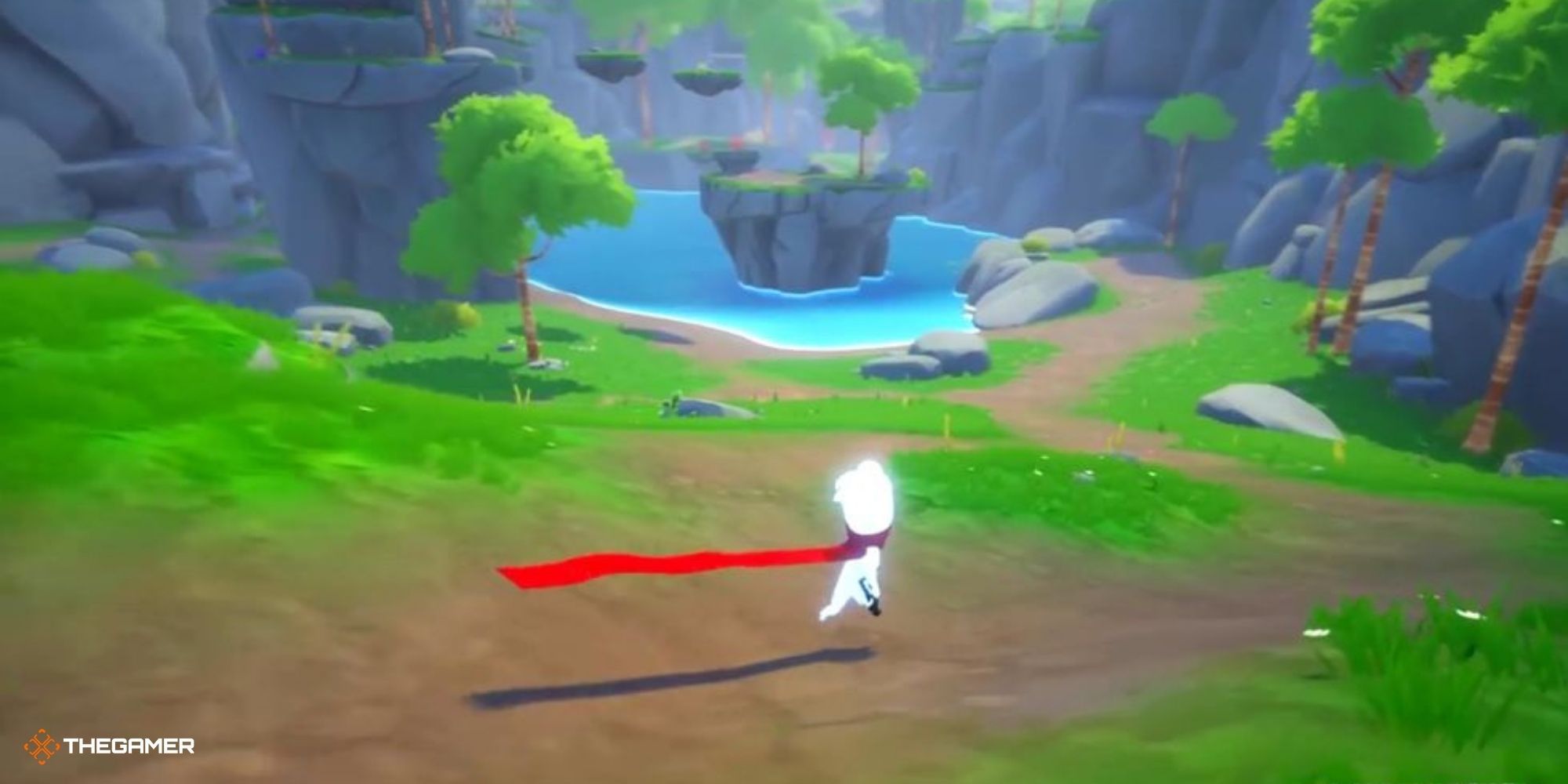
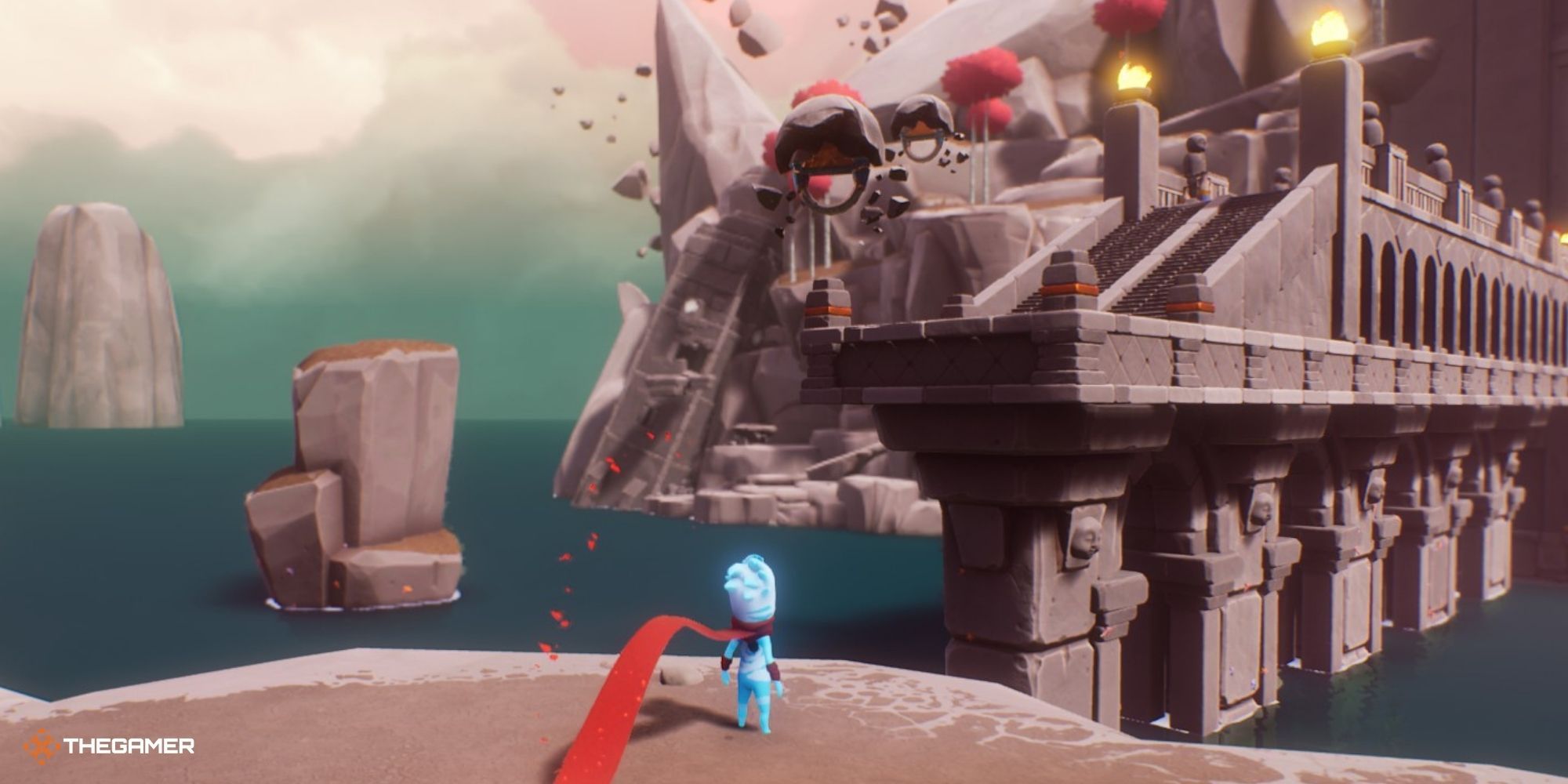
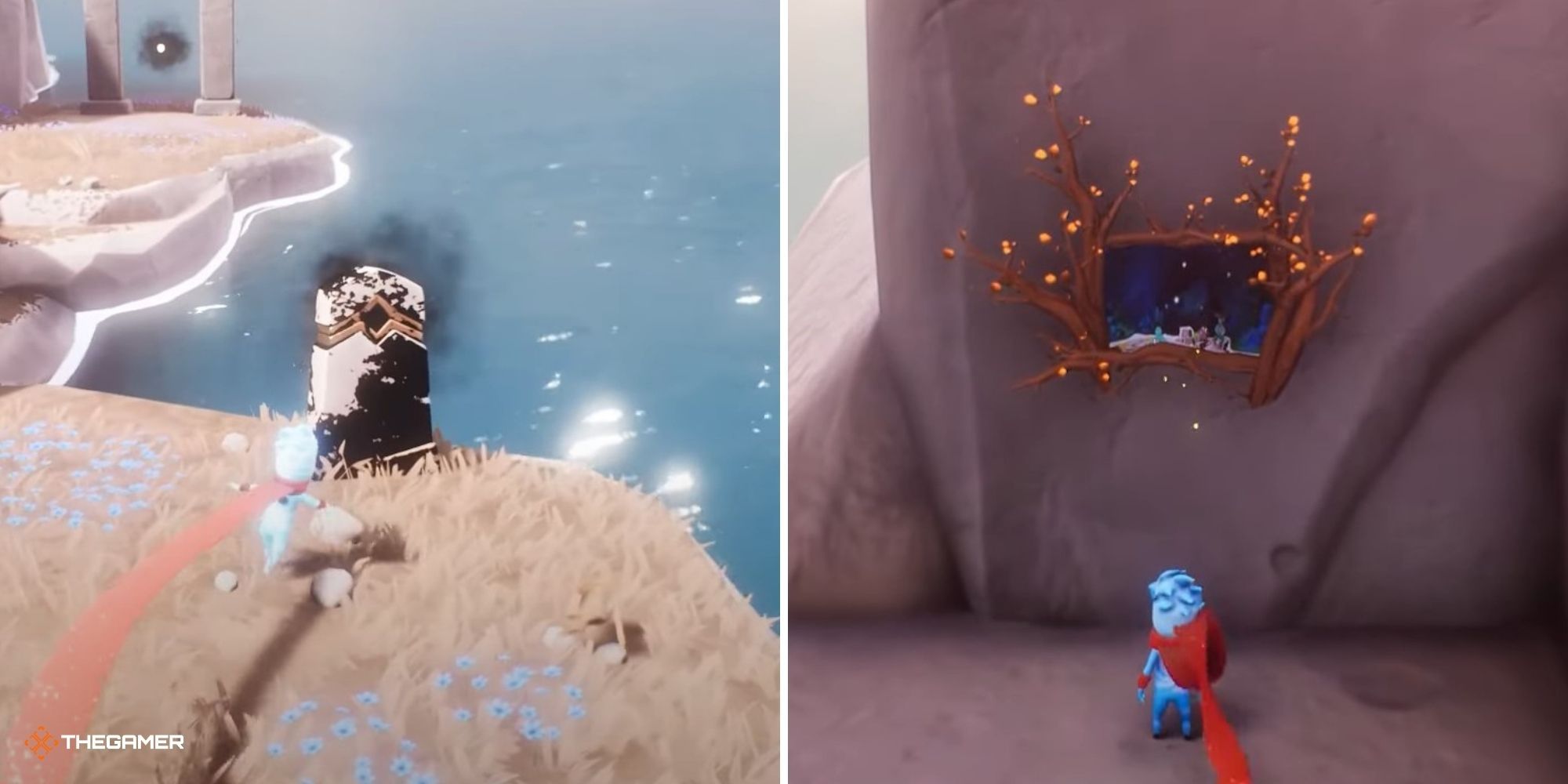
.jpg)
